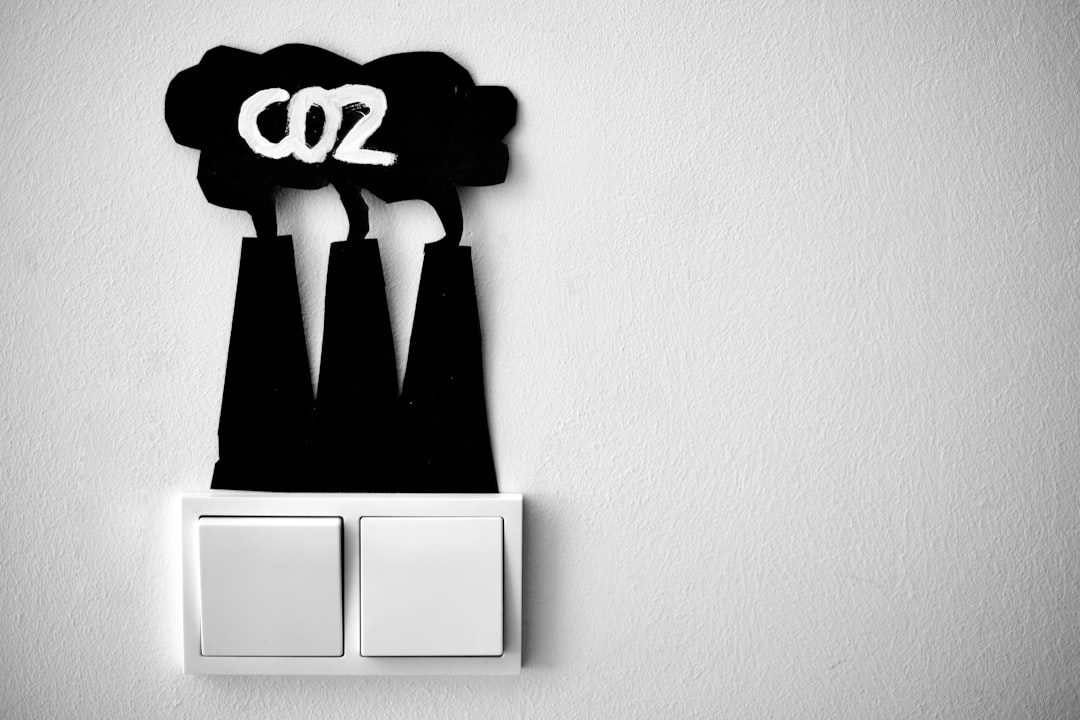What is it about?
Buildings account for a good portion of the global carbon emissions related to energy use. But how can buildings improve their energy efficiency? Researchers know there are ways to improve these efficiencies, however it is difficult to incorporate the various techniques in a holistic manner. What’s worse, some of these tools and practices can have a negative effect if not used in the right context. In this study, the authors sought to address these issues. First, they surveyed architects who had taken part in projects for energy efficient buildings. Then, they combined these data with information from previous case studies. Through a comparative analysis, they identified the elements and factors that are most important for ensuring high energy efficiency. In addition, they revealed how these elements complement each other during a project. The results point to three distinct approaches to designing and constructing energy efficient buildings. The first is driven by information. Advanced tools and technology take the spotlight while the building's design is planned. The second is based on processes. It focuses on a tight collaboration between the construction and the design teams rather than just on advanced design tools. Finally, the third approach is driven by organization. In this, the leadership and experience of architectural firms have more weight.
Featured Image

Photo by Asia Chang on Unsplash
Why is it important?
This study points out the key factors that project leaders need to watch out for when aiming to build energy efficient buildings. It also provides guidelines that can be adapted to fit a project’s particular context. The project can then be customized and made energy efficient. The findings of this study, thus, allow project leaders to strategize well. KEY TAKEAWAY: Knowing how different project elements complement each other could lead to energy efficient buildings with lower emissions. Such buildings will not contribute to global warming as much. This research relates to the following Sustainable Development Goals: • SDG 13: Climate Action • SDG 11: Sustainable Cities and Communities • SDG 7: Affordable and Clean Energy • SDG 12: Responsible Consumption and Production
Read the Original
This page is a summary of: Three Pathways to Highly Energy Efficient Buildings: Assessing Combinations of Teaming and Technology, Journal of Management in Engineering, March 2021, American Society of Civil Engineers (ASCE),
DOI: 10.1061/(asce)me.1943-5479.0000883.
You can read the full text:
Resources
SDG Showcase: Goal 13 – Climate Action
More plain language summaries of research relevant to Sustainable Development Goal 13: Climate Action – brought to you by the SDG Knowledge Cooperative
SDG Showcase: Goal 11 – Sustainable Cities and Communities
More plain language summaries of research relevant to Sustainable Development Goal 11: Sustainable Cities and Communities – brought to you by the SDG Knowledge Cooperative
SDG Showcase: Goal 7 – Affordable and Clean Energy
More plain language summaries of research relevant to Sustainable Development Goal 7: Affordable and Clean Energy – brought to you by the SDG Knowledge Cooperative
SDG Showcase: Goal 12 – Responsible Consumption and Production
More plain language summaries of research relevant to Sustainable Development Goal 12: Responsible Consumption and Production – brought to you by the SDG Knowledge Cooperative
ASCE Sustainable Development Goals Showcase
More plain language summaries of research relevant to ASCE's Sustainable Development Goals
SDG Knowledge Cooperative
More plain language summaries of research relevant to all the Sustainable Development Goals.
ASCE Climate Change Showcase
More plain language summaries from ASCE relevant to Climate Change
Climate Change Showcase
More plain language summaries of research relevant to Climate Change
Contributors
Be the first to contribute to this page










